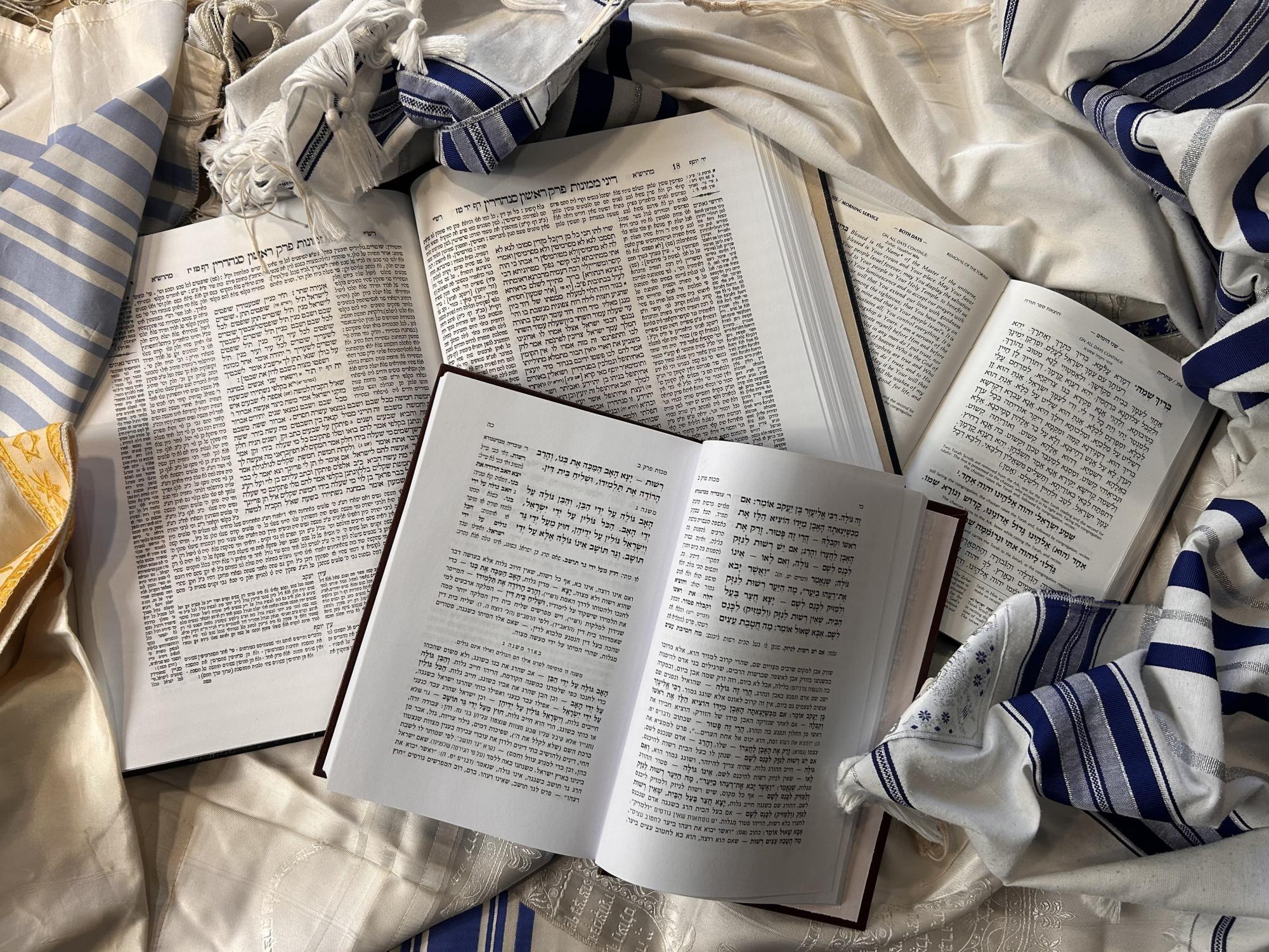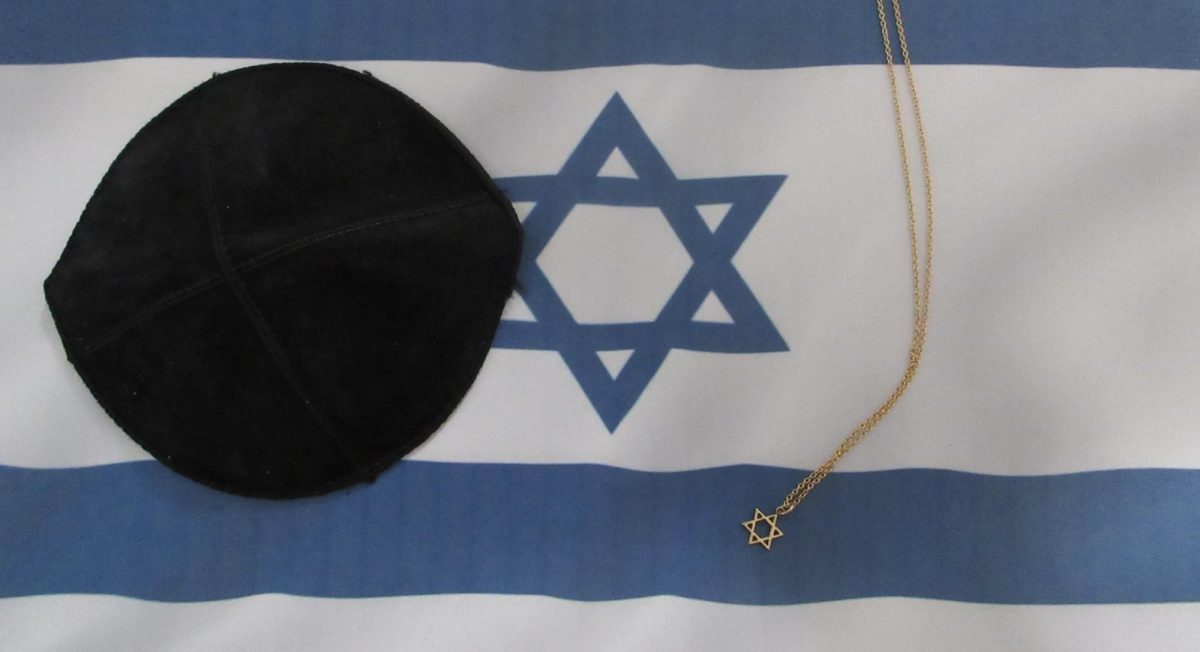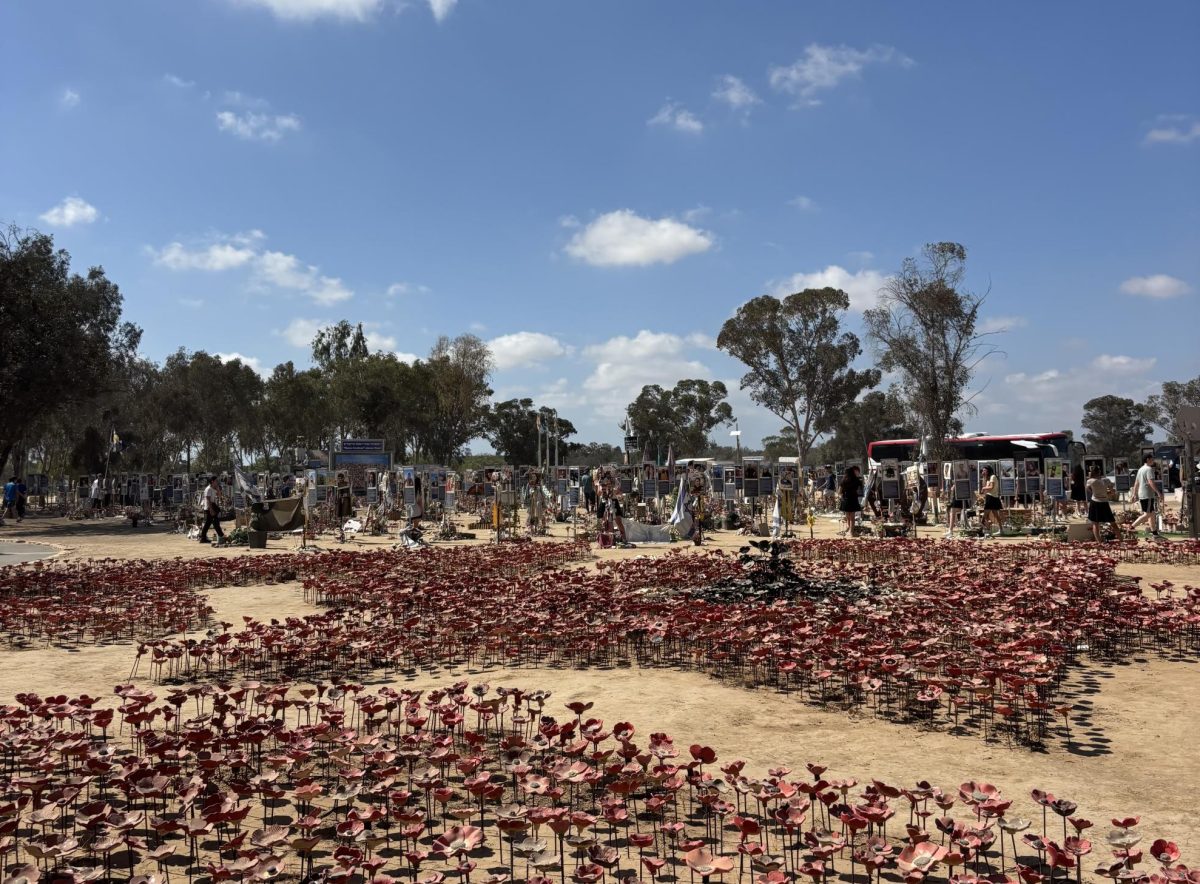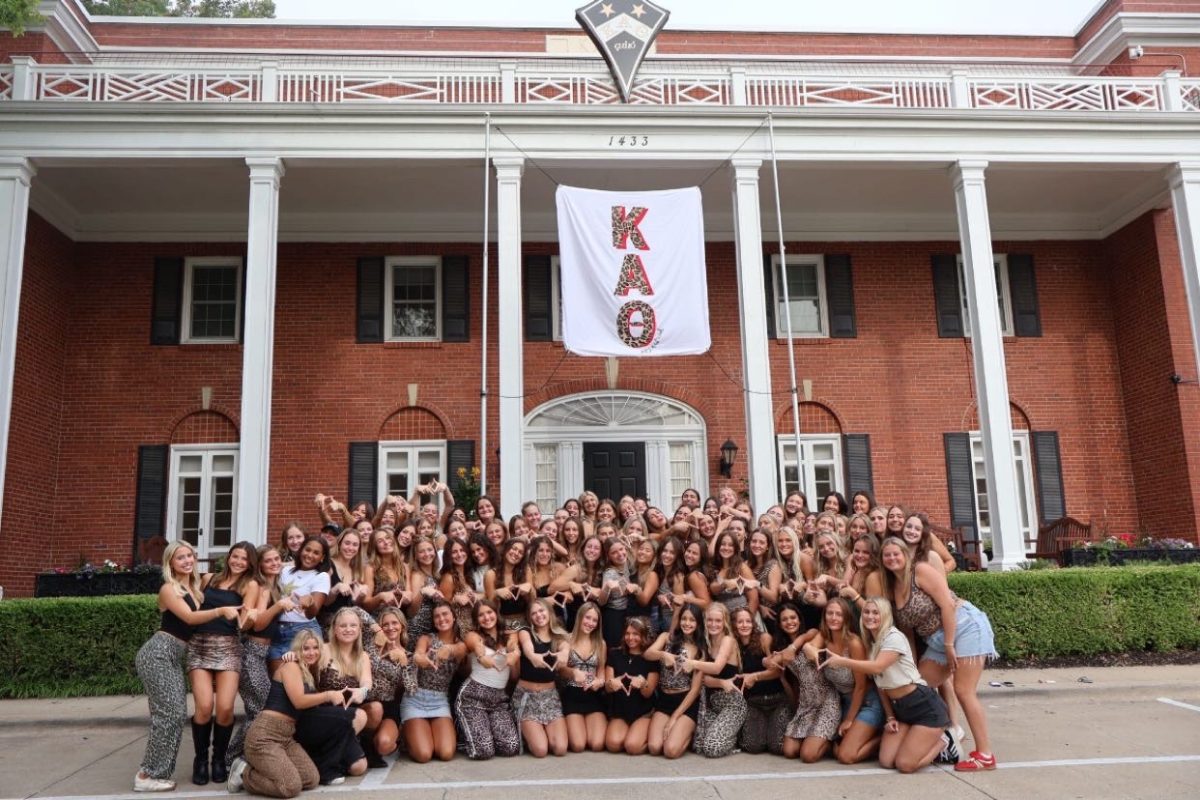Judaism’s holiest holiday, Yom Kippur, is an opportunity for all to repent and atone for their sins. However, the hidden layers and introspectiveness of the holiday are unknown to most Jews. Yom Kippur can be honored further through the difficult understanding of Kabbalah, translated as tradition, but also known as Jewish mysticism. It promotes personal transformation and a new appreciation for our purpose, effort, and intention.
Yom Kippur contains reflection, begging G-d for His forgiveness, and reformation of ourselves (spiritually and potentially physical action). In Kabbalah, there are numerous interpretations of Yom Kippur’s effect on our non-physical self. Our Nefesh, or soul, is encountering a spiritual cleansing and renewal.
There are five kabbalistic levels to the soul. As the list progresses, the level of spirituality increases. The surface, Nefesh, is the awareness of our physical body. Simply, our awareness of any organism. The second level, Ruach, is a higher level of consciousness compared to Nefesh; it means intensity, spirit, and emotion. The third level, Neshama, is our intellectual life. This level corresponds to Mochin, also known as Chochma, Binah, and Daat, made into an acronym: Chabad.
The fourth level, Chaiya, means “a higher life.” We reach Chaiya on transcendent days such as Shabbat and holidays. The final level, Yechida, means oneness. This level is the pure essence of our soul. It is the core of who we are, the most intimate self. The most meaningful experiences are within this level, and it is possible to reach it during Yom Kippur.
The first three levels can correspond to the three daily services, Shacharit, Mincha, and Maariv. Because we access the daily prayers every day, we also reach the first three levels of the soul every day. Since the first four levels can be reached on a minimum weekly basis, we can question Yechida’s sincerity in the final level.
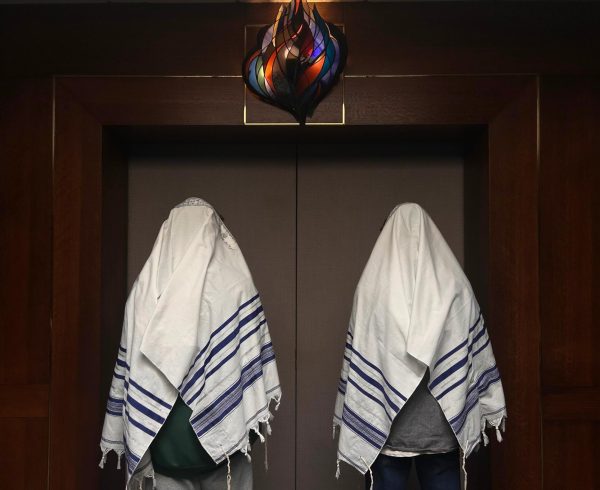
Yechidah is considered to be similar to entering the Holy of Holies of our souls. According to the Zohar, Yom Kippur is a day when evil isn’t present. When entering the highest level of the soul, you should be prepared for its fragility. It is the only place with complete unity with the Divine; even the slightest disturbance could cause a spiritual dissonance.
Kabbalah has two foundational beliefs: G-d is in everything, and we are reflections of G-d (Chabad).
Recognizing that G-d is present in all aspects of life influences the individual to seek the Divine presence in every attribute of life, and himself. On Yom Kippur, it prompts the individual to seek the divine spark within their own soul, especially through interconnection by the 10 Sefirot. By acknowledging and understanding that G-d’s presence permeates all, one can approach Yom Kippur with the humility and reverence needed to transcend ego and connect to the greater unity that sustains life.
The belief that humans are a real reflection of G-d instills a sense of responsibility to emulate divine attributes such as compassion, patience, and love. When worshiping G-d and practicing religion, we do so unified with the utmost respect for our Creator. Every moment, we follow commandments set by Him to honor Him. Due to G-d not being a physical form, but rather an eternal being, we are meant to act as a physical mirror of Him. We can embrace this Kabbalistic view by following these principles: Purity, authenticity, transparency, responsibility, kindness, and commitment.
It may be difficult to fast and pray continuously throughout the whole 25 hours, but if you focus your mind and intention toward the deeper meaning of prayer and repentance, it feels swift.
I have been fasting throughout the entirety of Yom Kippur for roughly five years now. When I first experienced the holiday, I thought it was pure torture. Enduring 25 hours without necessities, praying in all five services, and trying to go through meaningfully was difficult in the beginning. For the past three years now, I’ve not only improved my concentration, but my involvement with the holiday.
The interpretations of Kabbalah and the self-driven understanding of the importance of these 25 hours have influenced me to take it as seriously as possible. Each time the 13 attributes are recited in services (“The Lord, The Lord, a G-d compassionate and gracious, slow to anger, abundant in kindness and truth, extending kindness to the thousandth generation, bearing iniquity, transgression and sin, and cleansing. Pardon our iniquity and our sin, and take us for Your own!”), it doesn’t only feel like prayer, but also a genuine plea to G-d. The repetition of these verses after tapping our chest while admitting to our sins is the ultimate moment of vulnerability. In my opinion, it is what truly shows the individual’s intent and sincerity of desire to be inscribed and sealed in the Book of Life.
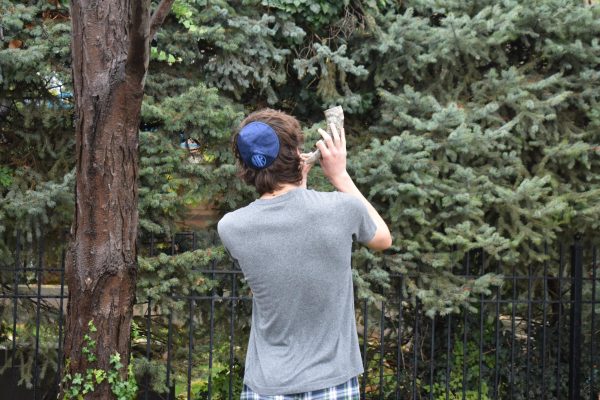
When Yom Kippur has concluded and the Book has been sealed, I come out of shul feeling internally refreshed. G-d gave me the opportunity to clean my slate and become a better individual, and any opportunity handed by The Eternal is one which should be taken. Unlike most Gregorian New Year’s resolutions, the resolutions set after Yom Kippur are kept, but it takes time and effort to become the purest reflection of G-d.
I see myself as a reflection of G-d only on the holiest of days, Yom Kippur, because of the spiritual improvement yet to be done. True atonement is not solely about seeking forgiveness but embracing the opportunity to become a better reflection of G-d. Through the values of Kabbalah, Yom Kippur becomes not only a day of repentance but also a pathway to discovering the unity and divine essence within ourselves and the world around us.

